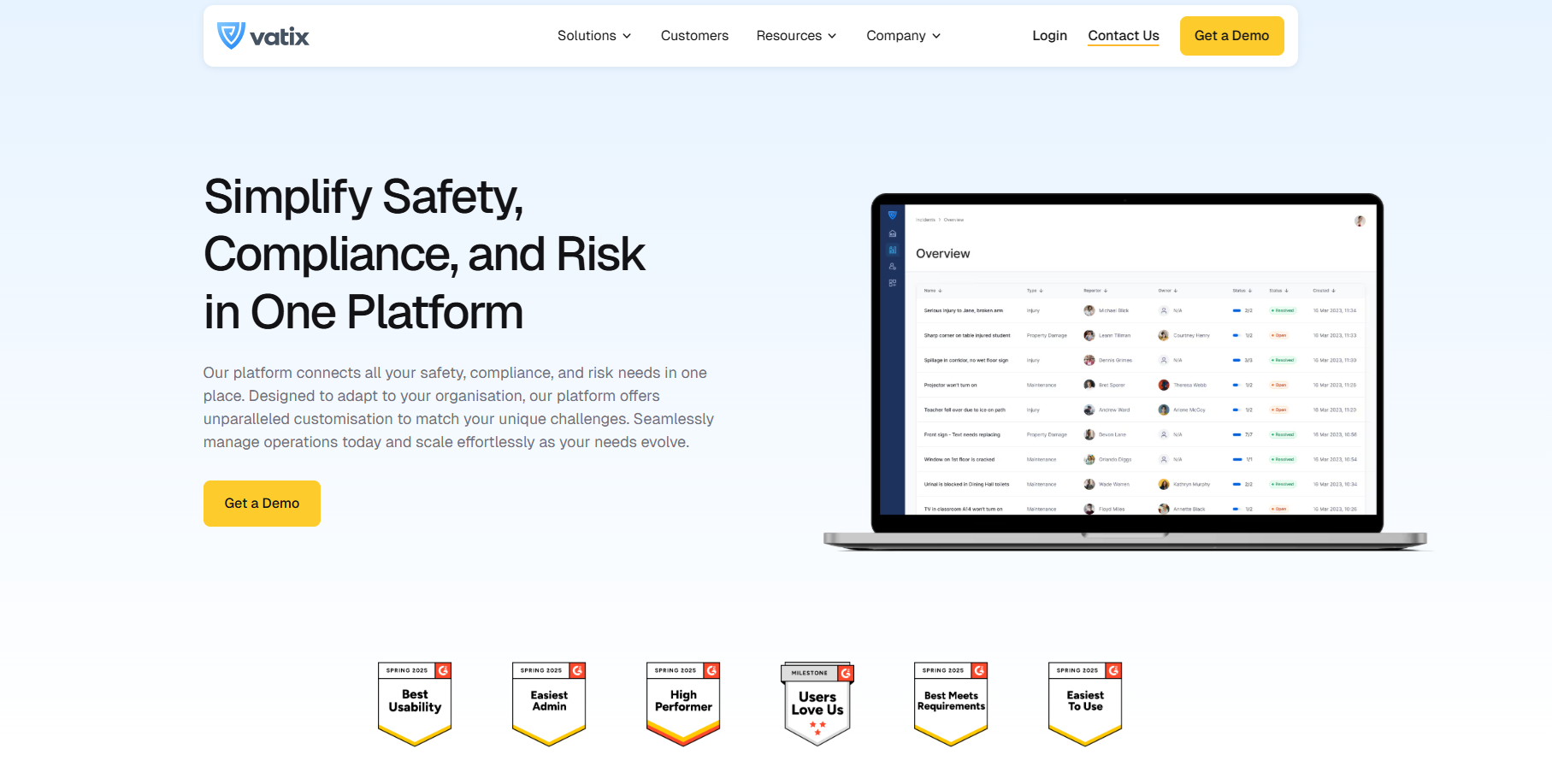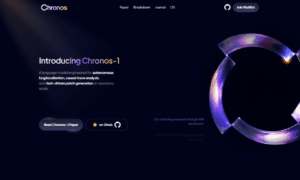For many organisations, incident reporting has long been seen as a back-office task – something done after the fact, mainly for compliance. But that mindset is changing fast.
Today, businesses are starting to realise that how they capture and respond to safety data in real time can be a game-changer. Especially in high-risk sectors, the ability to spot patterns early, act quickly, and share information across teams is becoming a critical part of staying agile, efficient, and resilient.
This blog explores how real-time reporting is reshaping the way companies manage safety and risk. We’ll look at how digital tools are turning everyday data into powerful insights – and how that shift is helping organisations not just meet compliance, but build stronger operations and a safer culture from the ground up.
What Is Organisational Resilience, and Why Does It Matter?
Organisational resilience is a company’s ability to adapt, recover, and continue operating during disruption. In today’s unpredictable world, shaped by the pandemic, supply chain challenges, and evolving safety demands, resilience and business continuity are essential.
While often associated with IT and continuity planning, true resilience extends to workforce safety and operational awareness. High-risk industries, in particular, rely on their ability to detect, respond to, and learn from incidents in real time. Without that, even minor issues can escalate into major operational or reputational damage.
Modern businesses are judged not only by how well they prevent incidents, but by how quickly and effectively they respond. Real-time data, rapid communication, and empowered frontline teams are now key indicators of resilience and a foundation for long-term stability and trust.
The Role of Real-Time Reporting in Safety
Historically, safety performance has been measured through lagging indicators – metrics like incident rates, quarterly audits, or post-event reports. These provide useful insights, but only after an incident has occurred. By then, the damage is done, and the opportunity for prevention is lost.
Real-time reporting flips that model on its head, offering leading indicators that highlight potential risks before they escalate. Instead of relying solely on retrospective data, organisations can now gain live insight into what’s happening on the ground – moment by moment.
Some of the most impactful real-time features include:
- Near-miss reporting: Employees can instantly log unsafe conditions or close calls, giving safety managers early warning signs of emerging hazards.
- Site-level data: Tagging incidents on a site-level ensures the right teams are notified with precise context, which is critical for field-based or distributed teams.
- Instant hazard notifications: Workers can raise issues from a mobile device the moment they arise, reducing the time between detection and response.
- Live incident dashboards: Managers can monitor and triage incoming reports in real time, prioritising urgent risks and coordinating faster interventions.
This shift allows companies to move from reactive compliance to proactive prevention. Instead of reviewing risks after a quarterly meeting, they can address them within minutes. It also enables smarter resource allocation, such as if a particular location has a higher incident rate.
Using Real-Time Reports to Spot Problems Early
Real-time reporting doesn’t just help organisations respond faster – it creates a continuous feedback loop that drives long-term improvement in safety culture and performance. This loop turns raw data into actionable insight and builds a system where each incident or near-miss strengthens future resilience.
Here’s how it works in a closed-loop model:
- Capture: Frontline workers log incidents, near-misses, or hazards instantly using mobile tools. The ease and speed of reporting increase participation and accuracy, creating a richer safety dataset.
- Analyse: Safety managers and operational leaders review the incoming data for trends, identifying hotspots, recurring causes, or process gaps. With real-time dashboards and reporting filters, emerging risks can be detected early.
- Act: Insights lead to meaningful action. This could be targeted training, updates to safety protocols, or tracking corrective actions. Because the data is real-time, these interventions happen faster, before issues become systemic.
- Improve: As actions are taken, organisations begin to see tangible reductions in incident frequency and severity. Over time, this leads to a more informed, engaged, and safer workforce and fewer disruptions to operations.
This continuous cycle transforms safety from a reactive obligation into a data-driven culture of prevention. It ensures that every reported issue contributes to smarter decision-making and stronger systems.
Enhancing Cross-Functional Response and Communication
During a critical incident, how fast and effectively your teams respond can make all the difference. Traditionally, safety events are siloed, logged by one department, escalated by another, and actioned much later by a third. This fragmented approach creates dangerous delays and communication gaps.
Integrated digital reporting platforms like Vatix change that dynamic. By centralising incident data and automating notifications, they ensure that Health and Safety, HR, and Operations teams receive the same real-time information, enabling coordinated, cross-functional responses.
For example, when a hazard is reported, safety leads can begin triage while HR handles employee welfare and Ops addresses workflow disruptions. Everyone is working from a single source of truth, reducing confusion and accelerating resolution.
These tools also support remote and flexible teams, ensuring that even workers in the field or across multiple locations are looped in. Whether it’s a lone worker on a night shift or a manager overseeing multiple sites, instant alerts and real-time updates mean no one is left out of the loop.
The result is a safer, more agile organisation – one where critical information reaches the right people, at the right time, with no friction.
From Compliance to Competitive Advantage
For years, workplace safety has been viewed through a compliance-first lens – a regulatory box to tick rather than a growth driver. And whilst safety and employee wellbeing are still the priority, compliance data can also be leveraged as a strategic asset.
By embedding real-time reporting and data analytics into daily operations, organisations can unlock a range of competitive advantages:
- Reduced downtime: Faster incident resolution and proactive hazard prevention keep operations running smoothly.
- Improved employee trust and retention: When workers feel seen, heard, and protected, engagement rises, and turnover falls.
- Lower insurance premiums: Demonstrating a robust, data-driven safety program can positively impact risk assessments and policy costs.
- ESG performance: Safety data contributes to the “S” in ESG, helping businesses meet sustainability and governance goals while showcasing social responsibility to stakeholders.
Ultimately, investing in safety technology isn’t just good practice – it’s good business. Organisations that lead with safety are not only better prepared for disruption, they’re also better positioned to grow, attract talent, and build lasting trust in a risk-conscious world.
Want to find out more? Get in touch with the Vatix team and learn how compliance can be effectively met and leveraged within your organisation.



































